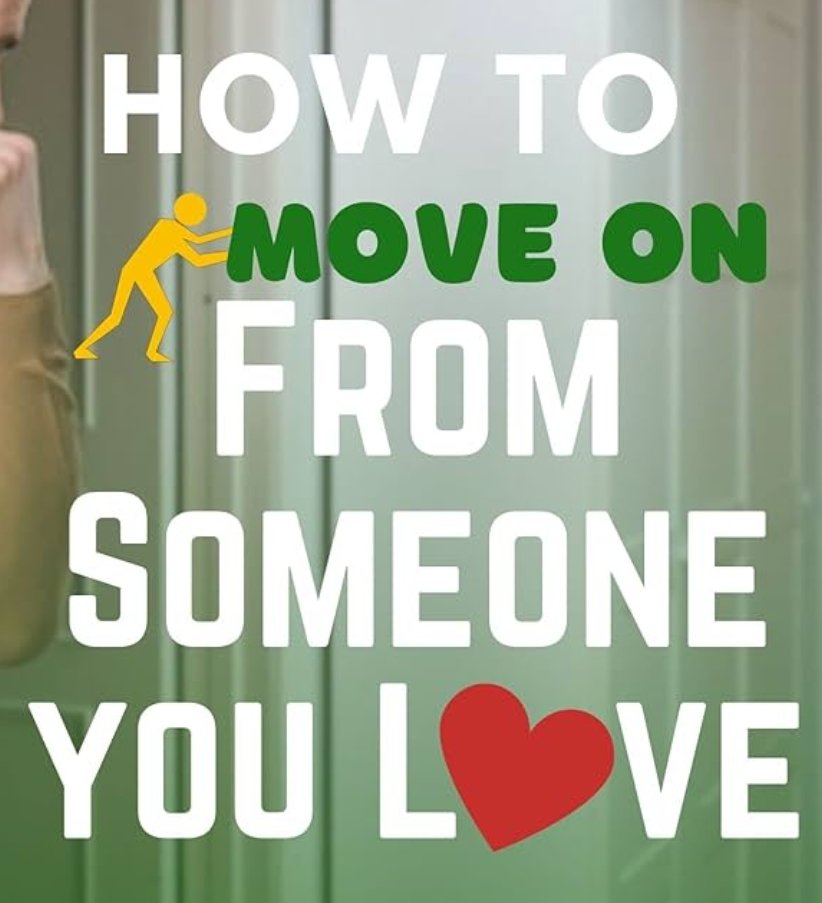
How to Move On from the Past: A Guide to Letting Go and Embracing the Present
We’ve all been there—stuck in the loop of past mistakes, regrets, or painful memories. Whether it’s a failed relationship, a missed opportunity, or a traumatic event, the past can feel like a heavy chain holding us back. But the truth is, letting go is not about forgetting—it’s about freeing yourself to live fully in the present. Here’s a practical guide on what to do (and what not to do) to break free from the past and step into a brighter future.
What to Do: Steps to Move Forward
1. Acknowledge Your Feelings
- Why It Helps: Suppressing emotions only makes them stronger. Acknowledging your pain is the first step toward healing.
- How to Do It: Journal your thoughts, talk to a trusted friend, or seek therapy. Let yourself feel without judgment.
2. Practice Self-Compassion
- Why It Helps: Beating yourself up for past mistakes keeps you stuck. Self-compassion fosters growth and resilience.
- How to Do It: Treat yourself as you would a friend. Remind yourself, “I did the best I could with what I knew at the time.”
3. Reframe Your Narrative
- Why It Helps: The way you tell your story shapes your reality. Reframing helps you see the past as a teacher, not a tormentor.
- How to Do It: Instead of saying, “I failed,” say, “I learned.” Focus on the lessons rather than the losses.
4. Set Boundaries with Triggers
- Why It Helps: Certain people, places, or habits can pull you back into the past. Boundaries protect your peace.
- How to Do It: Limit contact with toxic individuals, avoid places tied to painful memories, and replace unhealthy habits with positive ones.
5. Focus on the Present
- Why It Helps: The present moment is where life happens. Grounding yourself in the “now” reduces anxiety about the past.
- How to Do It: Practice mindfulness through meditation, deep breathing, or simply observing your surroundings.
6. Create New Goals
- Why It Helps: Setting new goals shifts your focus from what’s behind you to what’s ahead.
- How to Do It: Start small—learn a new skill, take up a hobby, or plan a trip. Celebrate every step forward.
7. Seek Professional Help
- Why It Helps: Sometimes, the weight of the past is too heavy to carry alone. A therapist can provide tools and support.
- How to Do It: Look for licensed counselors or psychologists specializing in trauma, grief, or cognitive-behavioral therapy (CBT).
What Not to Do: Common Pitfalls to Avoid
1. Don’t Dwell on “What Ifs”
- Why It’s Harmful: Overanalyzing the past keeps you stuck in a cycle of regret and prevents you from moving forward.
- What to Do Instead: Accept that the past is unchangeable and focus on what you can control today.
2. Avoid Isolating Yourself
- Why It’s Harmful: Isolation can amplify negative thoughts and make it harder to gain perspective.
- What to Do Instead: Connect with supportive friends, family, or support groups. Share your feelings and listen to others’ experiences.
3. Don’t Compare Yourself to Others
- Why It’s Harmful: Comparing your journey to someone else’s can lead to feelings of inadequacy and resentment.
- What to Do Instead: Focus on your own progress and celebrate your unique path.
4. Stop Seeking Closure from Others
- Why It’s Harmful: Waiting for someone else to apologize or explain can keep you trapped in the past.
- What to Do Instead: Find closure within yourself by forgiving and letting go of the need for external validation.
5. Don’t Rush the Process
- Why It’s Harmful: Healing takes time, and rushing can lead to unresolved emotions resurfacing later.
- What to Do Instead: Be patient with yourself. Healing is not linear, and every small step counts.
Real-Life Strategies to Let Go
Here are some actionable tips to help you move forward:
- Write a Letter (But Don’t Send It): Pour your feelings onto paper. This can be cathartic and help you process emotions.
- Create a Ritual: Symbolically let go by burning old photos, deleting messages, or holding a small ceremony to mark a new beginning.
- Practice Gratitude: Focus on what’s good in your life right now. Gratitude shifts your mindset from lack to abundance.
- Engage in Physical Activity: Exercise releases endorphins, which boost mood and reduce stress. Try yoga, running, or dancing.
- Volunteer or Help Others: Shifting your focus to helping others can provide perspective and a sense of purpose.
The Power of Forgiveness
Forgiveness is not about excusing someone’s actions—it’s about freeing yourself from the burden of anger and resentment. Whether it’s forgiving others or yourself, it’s a crucial step in moving on.
Final Thoughts
Letting go of the past is not easy, but it’s one of the most empowering things you can do for yourself. Remember, you are not defined by your past. Every day is a new opportunity to rewrite your story and create a life filled with joy, purpose, and peace.
Take it one step at a time, and don’t hesitate to seek support when needed. The future is waiting for you—embrace it with an open heart. 💛
If you found this article helpful, share it with someone who might need it. Let’s spread the message of healing and hope.
For more articles click here










